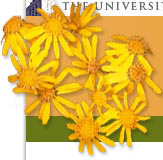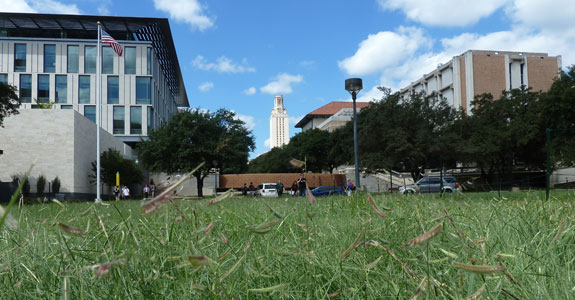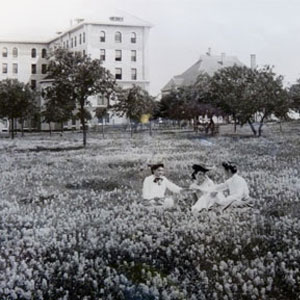A deadly bee illness called Colony Collapse Disorder (CCD) is sweeping across the US. Just last winter CCD wiped out almost a third of the nation’s hives.
We don’t know all the factors that cause CCD, but we do know one guilty party: A class of pesticides — known as neonicotinoids — that studies have shown to weaken, disorient and kill honeybees.
Despite the evidence, the Environmental Protection Agency (EPA) just last year approved a new Dow pesticide called sulfoxaflor, which its own research showed was “highly toxic” to bees. To save the honeybee, the EPA needs to step up. And fast.
Demand that the EPA take its first big step towards saving the bee populations that we all depend on. Tell the agency to ban sulfoxaflor — the newest bee-killing pesticide to hit the market.
Because over 115,000 people like you demanded action last year, the EPA made bee health a higher priority — adding warning labels on neonic pesticides and even funding new research about their effects this month.
But this progress isn’t enough to save the bees. The agency still hasn’t reversed approval of neonic pesticides. Even poisoning events like the deaths of over 25,000 bumble bees in an Oregon parking lot after pesticide exposure aren’t holding the EPA’s attention.
That’s why beekeepers, farmers and environmental groups have joined together to file a legal brief against the newly approved pesticide sulfoxaflor — a chemical the EPA’s own studies admits are essentially bee poison.1 We need public pressure to ensure the EPA takes this legal action seriously and moves faster to protect bees.
Tell the EPA to withdraw its approval of the pesticide sulfoxaflor, which its own reports call “highly toxic” to bees.
Convincing the EPA to change course is far from impossible.
After millions of Greenpeace supporters and others spoke for the bees in Europe, the European Union has suspended the use of neonics. And four state legislatures — Alaska, Maine, New Jersey and Vermont — are looking to do the same. Around the world, governments are realizing that trying to solve all agricultural problems with chemical additives is simply reckless.
Together we can ensure not only that bees are safe, but that our agriculture supports nature, rather than manipulates and destroys it.
But this progress isn’t enough to save the bees. The agency still hasn’t reversed approval of neonic pesticides. Even poisoning events like the deaths of over 25,000 bumble bees in an Oregon parking lot after pesticide exposure aren’t holding the EPA’s attention.
That’s why beekeepers, farmers and environmental groups have joined together to file a legal brief against the newly approved pesticide sulfoxaflor — a chemical the EPA’s own studies admits are essentially bee poison.1 We need public pressure to ensure the EPA takes this legal action seriously and moves faster to protect bees.
Tell the EPA to withdraw its approval of the pesticide sulfoxaflor, which its own reports call “highly toxic” to bees.
Convincing the EPA to change course is far from impossible.
After millions of Greenpeace supporters and others spoke for the bees in Europe, the European Union has suspended the use of neonics. And four state legislatures — Alaska, Maine, New Jersey and Vermont — are looking to do the same. Around the world, governments are realizing that trying to solve all agricultural problems with chemical additives is simply reckless.
Together we can ensure not only that bees are safe, but that our agriculture supports nature, rather than manipulates and destroys it.
To read more visit: http://www.greenpeace.org/usa/en/
Article written by Mark Floegel
Greenpeace Senior Investigator and Beekeeper
Greenpeace Senior Investigator and Beekeeper








